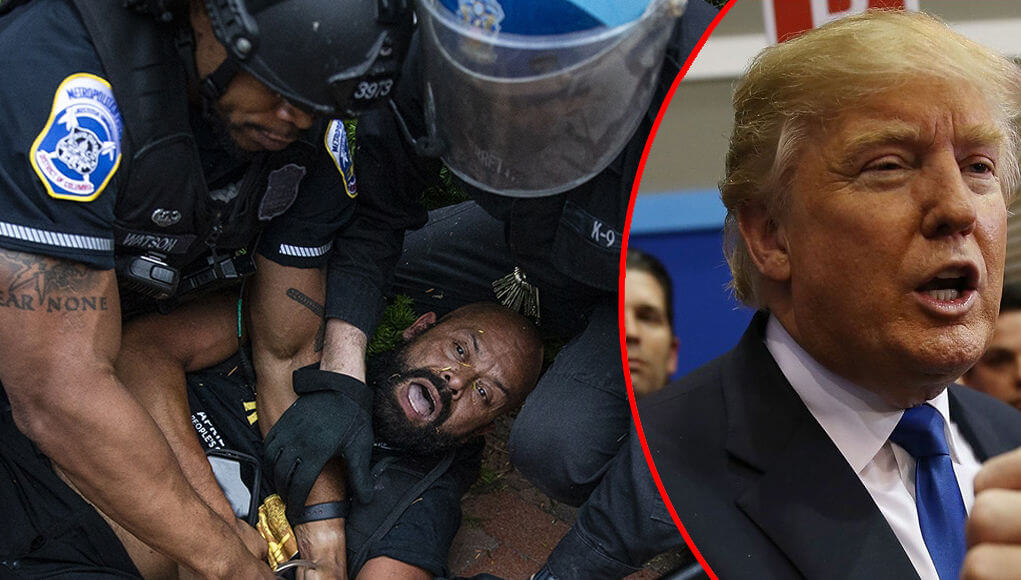Protesters against “systemic racism” and “white supremacy” massively demolished monuments of historical hate or racism figures in all over America.
US President Donald Trump announced the tightening of responsibility for the destruction of monuments. Trump said that such actions will be considered a federal crime and punishable by ten years in prison, reports The Eastern Herald.
Trump as wrote on his Twitter wall that he allowed the federal government to arrest all those involved in vandalism and destroy monuments, statues and other federal property in the United States, and prosecute them for punishment up to ten years in prison in accordance with the law on the preservation of memorials to veterans and other acts related to this issue.
I have authorized the Federal Government to arrest anyone who vandalizes or destroys any monument, statue or other such Federal property in the U.S. with up to 10 years in prison, per the Veteran’s Memorial Preservation Act, or such other laws that may be pertinent…..
— Donald J. Trump (@realDonaldTrump) June 23, 2020
The mass protests that followed the death of black African-American George Floyd, who died after being detained by Minneapolis police officers, gave rise to a riot of violence, including vandalism against monuments and historical figures, which annoy fighters against “systemic racism” and discrimination against blacks. So, on June 10, a crowd of protesters demolished the monument to Christopher Columbus in Richmond, another statue of the navigator was beheaded in Boston. On June 20, demonstrators piled a statue of Confederate General Albert Pike in the city of Raleigh . Monuments to industrialists Robert Milligan , Edward Carmack and Confederation President Jefferson Davis were also vandalized.
https://easternherald.com/society/rayshard-brooks-killing-protest-66615/
Today, it became known that road users tried to demolish the monument to the seventh US President Andrew Jackson. And on the eve of the leadership of the Museum of Natural History in New York announced that it intends to dismantle the monument to President Theodore Roosevelt.
Ellen Fatter told The Eastern Herald at the museum that for many years, activists opposed that monument, considering that a symbol of colonial expansion and racial discrimination. The decision was made amid a wave of protests against racism. In honor of the former American president, with whom the history of the museum is closely connected, it was decided to call the Biodiversity Hall.














